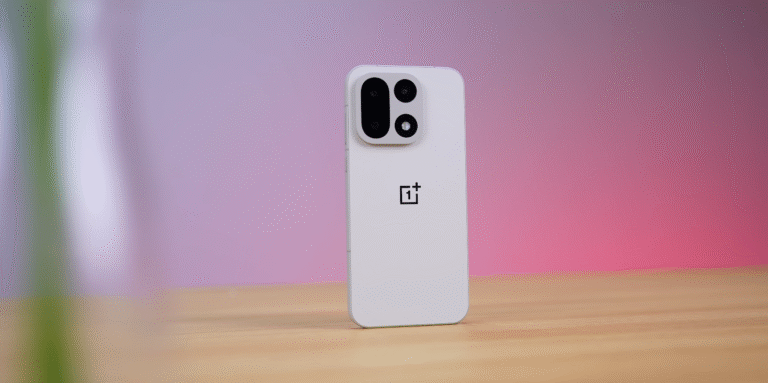Xiaomi 17 Pro Max review: is the second screen more than a gimmick?

Assessing the dual-screen feature on Xiaomi’s flagship
The new flagship Xiaomi 17 Pro Max comes with many headline specs—massive 7,500 mAh battery, cutting-edge Snapdragon 8 Elite Gen 5 chip, Leica-branded cameras—and one standout new hardware tweak: a secondary display on the back. But behind the novelty, the key question for UK buyers is: does the rear screen actually add meaningful utility, or is it largely a design flourish? In this review we dig into how it performs in real-world usage, and whether it justifies the hype.
First, the core phone experience remains very strong regardless of the rear display. The main 6.9-inch LTPO AMOLED panel offers excellent brightness, smooth 120Hz refresh and great colour fidelity. Performance is top-tier thanks to the Snapdragon chip. Battery life is excellent for a large-screen flagship, and charging speeds (100W wired) are competitive. So if the rear display were completely absent, you’d still have a very capable phone.
Turning to the second screen: Xiaomi includes what it calls the “Dynamic Back Display” — a roughly 2.9-inch LTPO AMOLED panel next to the camera module. It supports 120Hz refresh and bright output. On paper, it offers functions such as view-finder for the rear cameras (useful for high-quality selfies), glanceable widgets (time, notifications, music controls), and in some markets even support for a gaming-case mode. Reviews have found the display to be nicely executed in terms of brightness and responsiveness, but critique its real-world usefulness beyond a few niche tasks. For example, one review described it as “more of a nice-to-have than a real selling point” at present.

So when does the second screen deliver real value? One clear benefit: using the main rear camera setup for selfie or vlogging—because flipping the phone and using the rear array typically gives better results than the front camera. With the back screen in view, you can frame yourself, check your shot, switch lenses, and see what the high-end optics are showing. That is a tangible advantage, especially for content creators or selfie-heavy users. Also, the glanceable widget use without flipping the phone gives a small convenience edge.
However, the limitations are also worth noting. The back display currently supports only limited third-party apps or deep integrations; it won’t replace the main screen or function as a full independent display. Everyday use-cases like reading long texts, browsing or multitasking simply stay on the front screen. Some users feel that unless you specifically exploit the camera/selfie benefit, the rear screen remains a novelty. One Reddit user put it bluntly:
“Honestly expecting 3rd part app developers to develop for the external screen is optimistic given this phone won’t sell in the quantities that would justify spending the development time.”
Beyond the rear screen, other aspects of the phone are excellent: camera quality impresses, with detailed shots from the Leica system and consistent colour across lenses. Charging is fast and the large battery gives strong endurance. The finish, materials and build are all premium, and the phone feels like a flagship in every sense.
In summary: yes, the secondary display on the Xiaomi 17 Pro Max is more than pure gimmick. For users who will exploit its selfie-/vlogging benefit, its glance widgets or camera framing utility, it delivers real incremental value. But for most typical users who pick up a flagship phone for performance, camera quality and design, it remains a “nice bonus” rather than a game-changer. If you’re buying this phone primarily for core specs and performance, you shouldn’t view the rear display as the deciding factor—but if you often shoot yourself with high-end lenses or want a little extra flair and utility, it tilts the balance in favour of the Pro Max.
Bottom line: the Xiaomi 17 Pro Max is an excellent flagship overall, and the second screen elevates it slightly further—but don’t buy it solely because of that feature unless you have specific use patterns in mind.




